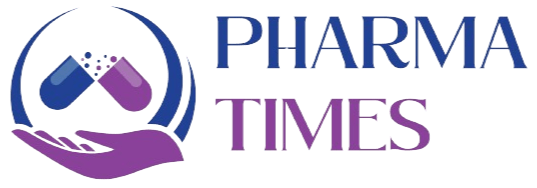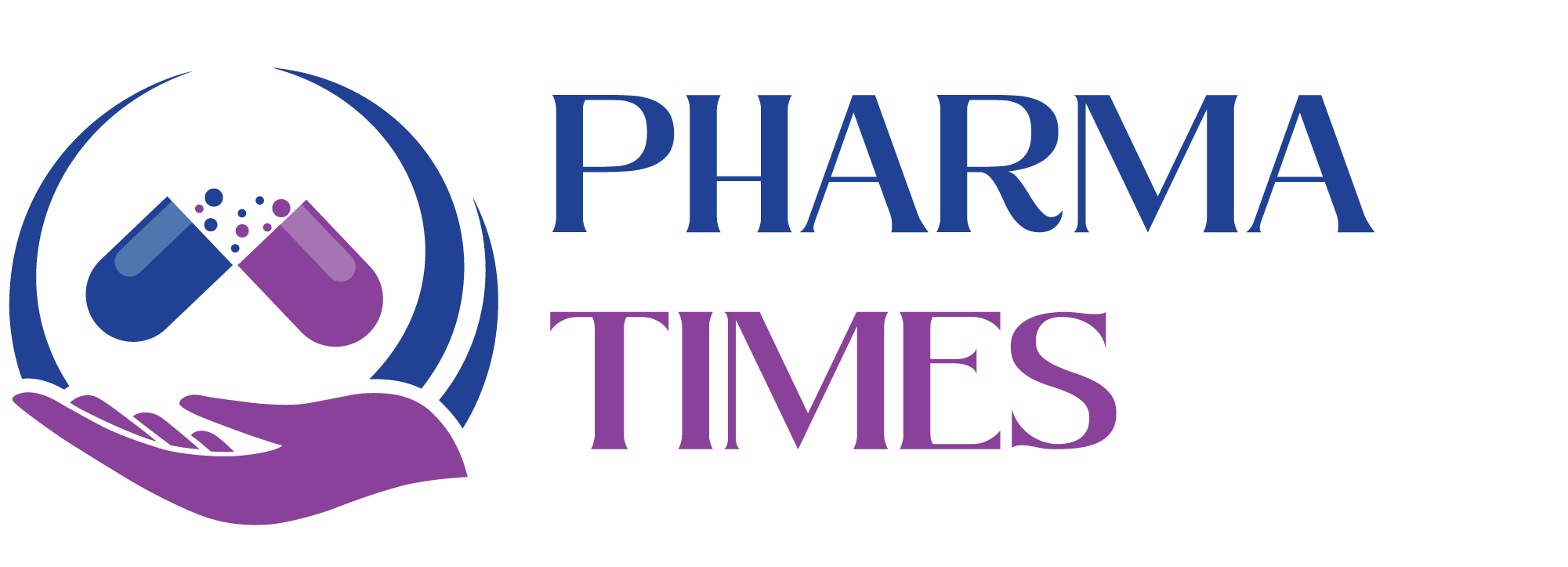Cleaning Validation in Manufacturing: Ensuring Effective Procedures
Cleaning Validation in Manufacturing: Ensuring Effective Procedures
Cleaning validation is done to measure the effectiveness of cleaning procedures in removing residues from previous products. After the execution of a batch, the equipment must be cleaned according to specific Standard Operating Procedures (SOPs). A validated cleaning procedure must be in place if the same equipment is used to execute multiple products. If a product contains multiple active substances, the one that is least soluble in water or highly potent is tested unless otherwise specified in the product’s specification.
A product-specific specification must be prepared before proceeding with cleaning validation. The prepared specification must outline the acceptance criteria for the existing products. If the acceptance criteria become more stringent or if the maximum rinse volume changes due to the addition of new products, these changes must be communicated to the relevant department.
The following specifications must be incorporated into cleaning validation
1. Sampling Quantity: It should specify the quantity needed for chemical and microbiological testing, or as applicable.
2. Sampling Procedure: This section should briefly describe the sample collection process.
3. Analytical Specification: It must provide the specifications for the applicable tests.
4. Method of Analysis: This section should detail the analytical methods for the applicable tests.
All relevant tests should be included in the specification. To establish the effectiveness of the cleaning procedure, a minimum of three cleaning cycles must be monitored and validated. Additionally, a cleaning verification study, which involves monitoring the cleaning activity before completing the three cleaning cycles on commercial batches, should be conducted.
By adhering to these guidelines, manufacturers can ensure that their cleaning procedures are effective and that their equipment is free from contaminants, thereby maintaining the integrity of their products and ensuring compliance with regulatory standards.
Validation Requirements for Cleaning Procedures
Cleaning validation is a critical process to ensure that equipment used in the manufacturing of multiple products is effectively cleaned to remove any residues of previous products.
Key requirements of cleaning validation:
1. Product-Specific Specifications
– Preparation: Before initiating cleaning validation, prepare a product-specific specification that includes acceptance criteria and other relevant details.
– Updates: If acceptance criteria become more stringent or the maximum rinse volume changes with the addition of new products, these updates must be communicated to the concerned department and incorporated into the specification during periodic reviews.
2. Acceptance Criteria:
– Should define the criteria for acceptance residue levels of existing products
– Stricter criteria may be required based on product potency and solubility in water, particularly for products with multiple active substances.
3. Sampling Requirements:
– Quantity: Specify the sampling quantity needed for chemical and microbiological testing or as applicable.
– Procedure: Written procedures should be in place to describe how sampling should be done
4. Analytical Specifications:
– Establish specifications for each applicable test to ensure comprehensive analysis of residues.
– Include all relevant tests in the specification.
5. Method of Analysis:
– Detail the analytical methods used for each test to ensure accurate and reproducible results.
6. Cleaning Cycles:
– Monitoring: At least three cleaning cycles must be monitored and validated to demonstrate the effectiveness of the cleaning procedures.
– Verification: Conduct a cleaning verification study, which involves monitoring the cleaning activity before the completion of the three cleaning cycles on commercial batches.
7. Documentation:
– Maintain thorough documentation of the cleaning procedures, validation processes, and results. This includes records of sample collection, analytical methods, test results, and any deviations or changes to the cleaning process.
8. Periodic Review:
– Regularly review and update the cleaning validation protocols and acceptance criteria to ensure they remain current with regulatory requirements and industry standards.

